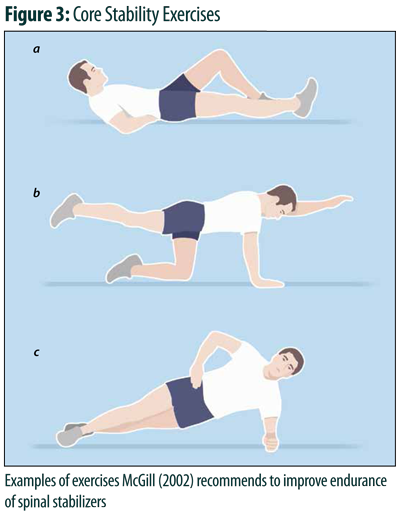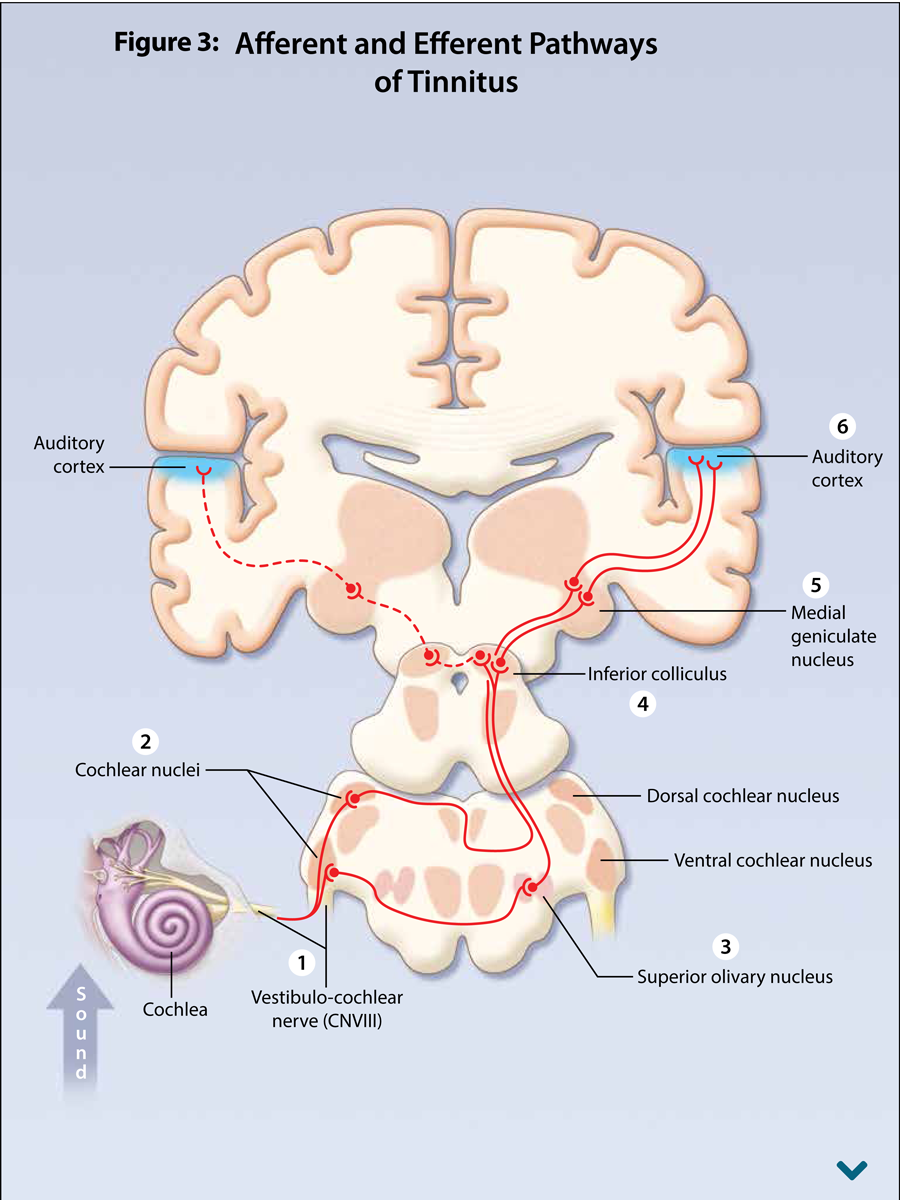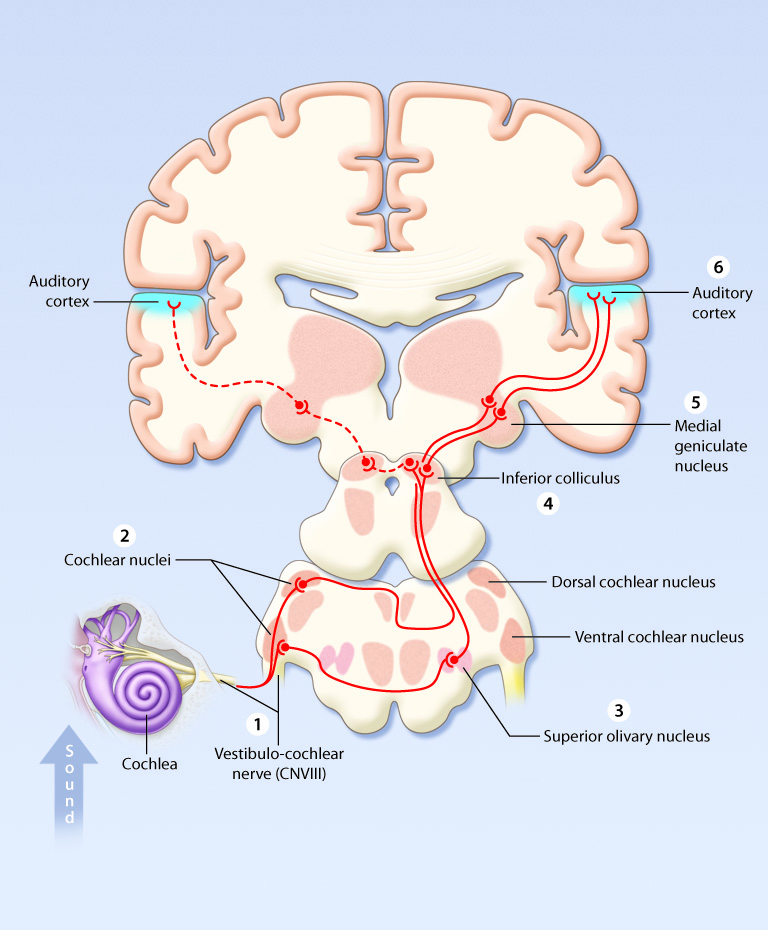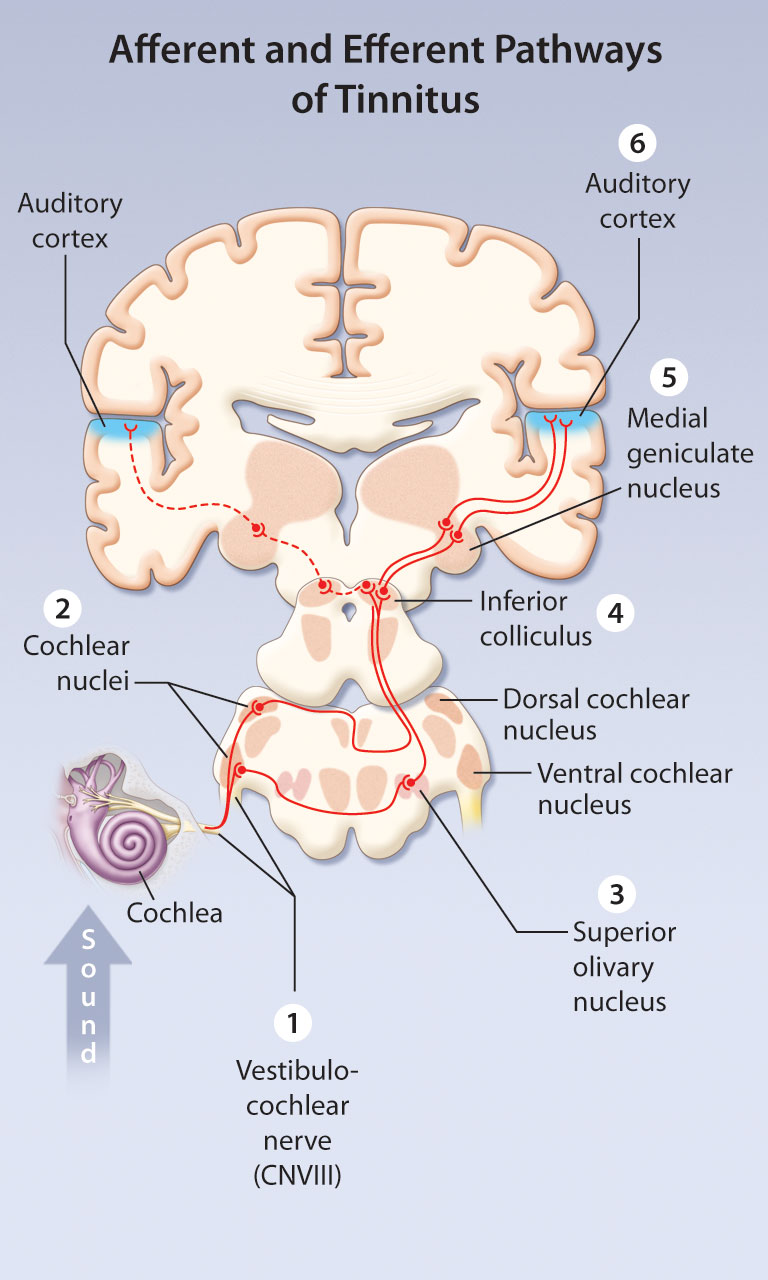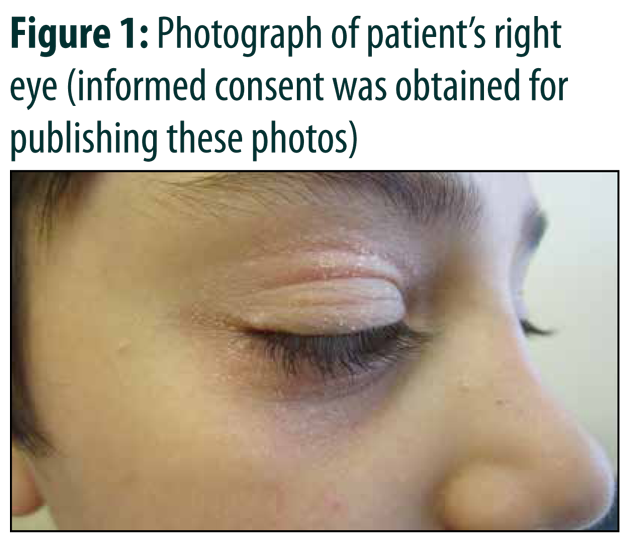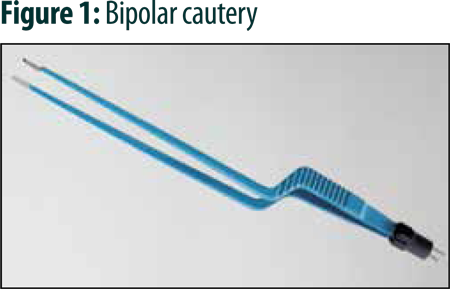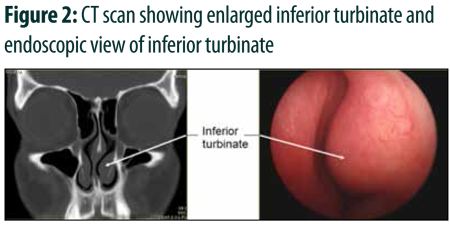Post-test: Spine and Sport: Are Athlete’s Back Injuries Different?
Members of the College of Family Physicians of Canada may claim MAINPRO-M2 Credits for this unaccredited educational program.
| Questions | 5 |
|---|---|
| Attempts allowed | Unlimited |
| Available | Always |
| Backwards navigation | Forbidden |
Pre-test: Spine and Sport: Are Athlete’s Back Injuries Different?
| Questions | 3 |
|---|---|
| Attempts allowed | Unlimited |
| Available | Always |
| Pass rate | 75 % |
| Backwards navigation | Allowed |
Discussions with your Doctor about your Future Wishes
There are days in my clinic where I seem to be having the same conversation over and over—but with a different patient and different family. I have often thought that a model of care I once heard a presentation about might be worth doing—having the equivalent of a group therapy, but with a number of my patients and their families to discuss the common problems in aging and cognitive function. The majority of those I see in my office practice these days are elders living with some degree of cognitive impairment—ranging from the mildest of forms, to those with quite severe impairment so that the label of dementia is appropriate. Whether the condition is due to Alzheimer's disease, blood vessel (vascular) disease or as is the case in most that I see, a combination does not matter that much in terms of what it means for patients and their families.
The points I try to make to those who come to me is that at this point there are no cures, there are medications that may control symptoms to some degree but the essence of life is to keep living at whatever level one can. In addition the importance of planning for the future is clear and should be addressed by patients and encouraged by family members.
Of the important parts of the conversation that I focus on are what the person would prefer should they no longer be able to make important decisions again. Those are very important conversations and have to be emphasized time and again. Even though writing a living will or as is the correct term an advance directive, is not legally necessary, it is sometimes helpful to have one to eliminate and conflicts from those acting on your behalf as to what you would have really wanted in the end-of-situation.
Sometimes it isn't enough to write down your wishes, but to make sure those you have entrusted with carrying out your wishes can be trusted with that duty—that is not always an easy task for caring family members. If you cannot be sure of that commitment it may be worth looking for someone to appoint who is not a family member but rather a close and trusted friend—it might lead to hard feelings from your family—but that is the way the law works and it is also part of human nature.
Have the conversations including with your physicians, your family members and if necessary your closest friends so that when the time comes, you can rest assured that your wishes, your values and your preferences will be respected.
TINNITUS is an "Aura Symptom" in Need of a Multidisciplinary Approach to Facilitate Diagnosis and Treatment
TINNITUS is an "Aura Symptom" in Need of a Multidisciplinary Approach to Facilitate Diagnosis and Treatment
Literature and Medicine

Editor's Note, Volume 5 Issue 5
Editor's Note, Volume 5 Issue 5
D’Arcy Little, MD, CCFP, FRCPC
Medical Director, JCCC and HealthPlexus.NET

- Read more about Editor's Note, Volume 5 Issue 5
- Log in or register to post comments
Digoxin for the Control of Congestive Heart Failure Symptoms in Palliative Care
One of the great things about the history of medicine is how new ideas and approaches to care replace those that were previously the "gold standard" fall by the wayside and are replaced with newer and more effective treatments. Sometimes what becomes the new "gold standard" appears so counter-intuitive or "off-the-wall" that it takes time until the evidence grows that demonstrates its new role in the hierarchy of medical treatments. If someone would have told me, when as a youngster watching my father eat soda crackers and milk and consuming Tums® on a relentless basis for years, would be replaced by more definitive treatment I would have been surprised. When the first H2 antagonists came into being, they appeared miraculous—and the PPIs—just about did away with routine ulcer surgery.
As a young internist a good part of my practice was providing pre-operative consultations for those going into ulcer surgery—the procedures ranged from simple to complex but all but those for emergency bleeding were based on somehow decrease the acid production by the stomach, based on the belief that it was excessive acid that was producing the symptoms and the ulcer. I recall the first rather young patient I saw pre-operatively for proposed ulcer surgery, who had not been given a trial of what was already changing the landscape for ulcer disease, an H2 antagonist. When I suggested to the patient that rather than having the surgery she should seek the advice of a gastro-enterologist for such H2 antagonist (Tagamet® the first product on the market) medication, the surgeon was furious—and literally told me he would never refer a pre-operative patient to me again—and so he did not—but within a few years there were virtually none to refer for these procedures. If someone had suggested that within a few years, peptic ulcers would be eliminated by a one week course of combination antibiotics combined with a week of a PPI, because of some yet as unrecognized bacteria that thrived in the stomach and caused these ulcers, one might have been accused of some hallucinatory condition—and yet that is exactly what happened—another miracle of modern medicine.
On the other hand sometimes medications that have withstood the test of time become replaced by newer therapies, but the loss of knowledge about the older medication, decreases the ability of physicians to relieve symptoms as the new medications do not achieve all the desired goals. Thus is the case with digoxin, a drug which I learned about and practiced using using to great effect because of my age and the fact that my earliest training in medicine occurred in Scotland. I was privy to the new advances in the treatment of heart failure with the introduction of the novel, potent and life-saving furosemide (Lasix®), but for the atrial fibrillation and normal sinus rhythm heart failure symptoms, digoxin was the mainstay of treatment. Those of us who grew up with this drug welcomed the advent of the serum digoxin level to help guide us through treatment by alerting us to potentially deadly serum levels, and the "pearls" we all learned about the drug's side effects signs such as "if a Dundonian (resident of Dundee Scotland where I trained) goes off his Angus beef or fish and chips and is taking digoxin—he is likely digoxin (as we called it dig) toxic.
Most contemporary North American younger physicians have had little or no experience with digoxin as newer alternative treatments have replaced the drug—although none have the rate controlling combined with inotropic benefits of this medication. Recently, as part of the exploration of special medication approaches in the realm of palliative care, a small group at Baycrest were reminded that sometimes, digoxin can have a beneficial effect during the latest stages of terminal heart failure, when other drugs were no longer effective. It can help relieve what is often very disturbing dyspnea without the sedative effects of opiates which is often used in such conditions.
A report in the Annals of Long-term Care, describes the two cases of patients with terminal heart failure, whose extreme symptoms were ameliorated by judicious use of digoxin and had a profound and important impact on their last weeks and days of life. Neither of them had ever been exposed to digoxin as it is not part of the usual contemporary repertoire of treatments for end-stage of terminal heart failure—either as a specific treatment or as it was in these cases, as part of the palliative care approach to symptom management. The article was published in the August issue of the Annals of Long-Term Care.
For those of us who work in long-term care where we are often confronted with late-stage and terminal heart failure, it is worth considering digoxin as part of our palliative symptom management repertoire.



